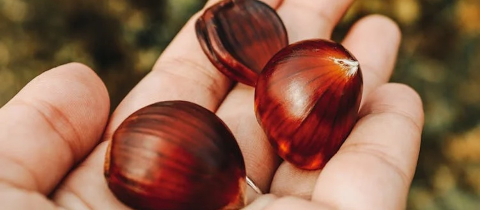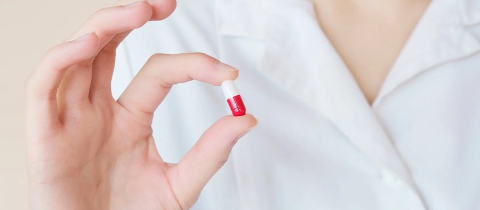Louis Pasteur was one of the greatest scientists who ever lived. His remarkably diverse interests ranged from the chemistry of fermentation to a treatment for rabies; from the three dimensional structure of molecules to communicable diseases. Pasteur's interest in diseases was aroused when in 1862 he was called upon by the French silk industry to save it from a potentially catastrophic epidemic among silkworms. Although he had never worked with silkworms before he managed to trace the problem to a tiny parasite which infected the worms and the mulberry leaves upon which they fed. Upon Pasteur's recommendation the worms and their food supply were destroyed. A fresh start with new, healthy worms led to a flourishing French silk industry. Through a peculiar sequence of events, this scientific rescue of the silk industry also led to the development of the first real commercial competitor for silk, namely, “rayon.”
Count Hilaire de Chardonnet was an assistant to Pasteur during the silkworm saga. He became fascinated with the way silkworms spun silk and thought that by understanding what the worm did, man should also be able to make the desired fiber. He never was able to duplicate silk, but did manage to produce the first commercial artificial silk. And it was all because of a lucky accident.
Back in those days a substance called collodion was commonly used to coat and protect photographic plates. This material was first made in 1846 by Louis Menard who treated cotton with a mixture of nitric and sulfuric acids and then dissolved the resulting “guncotton” in ether and alcohol. Guncotton was an appropriate term for the nitrated cellulose because it was highly flammable. When the solvent evaporated form collodion, the transparent, gelatinous liquid dried to a hard, colorless film which was also popular as a dressing for cuts and burns. One day when Chardonnet was working with his photographic plates, he accidentally spilled a bottle of collodion. He left the spill for a while and when he began to clean it up with a cloth, he noted that long silk like filaments formed. His work with silkworms had of course prepared his mind for the discovery. Independently wealthy, he spent the next six years working on his invention. Chardonnet used the cellulose in mulberry leaves to make a nitrocellulose solution which he squeezed through a shower head like device to produce thin filaments which could be spun into fabric.
This amazing "Chardonnet silk" was introduced at the Paris Exhibition in 1889 and it beautiful lustry glow and silky texture immediately captured the public’s attention. Financial backing was quickly found and by 1891 commercial production was under way. The name chosen for the new fabric woven out of the silky threads was rayon, because it seemed that the sun’s rays frolicked gayly on its surface. The first rayons were highly flammable and factory workers who produced it began to refer to the new fangled material by a less endearing name. They called it "mother-in-law silk." This original rayon is no longer manufactured; its flammability would be unacceptable today. The name rayon, however, survives. Today’s rayon fibers are made by treating purified cellulose, mostly from wood pulp, with carbon disulfide to form a cellulose derivative known as a xanthate which is then treated with sodium hydroxide to regenerate the cellulose in a solution that is then pushed through a spinneret very much like Chardonnet’s. But of course it is not flammable and thus can no longer be referred to as mother-in-law silk.
Want to comment on this article? Visit our FB Page!







